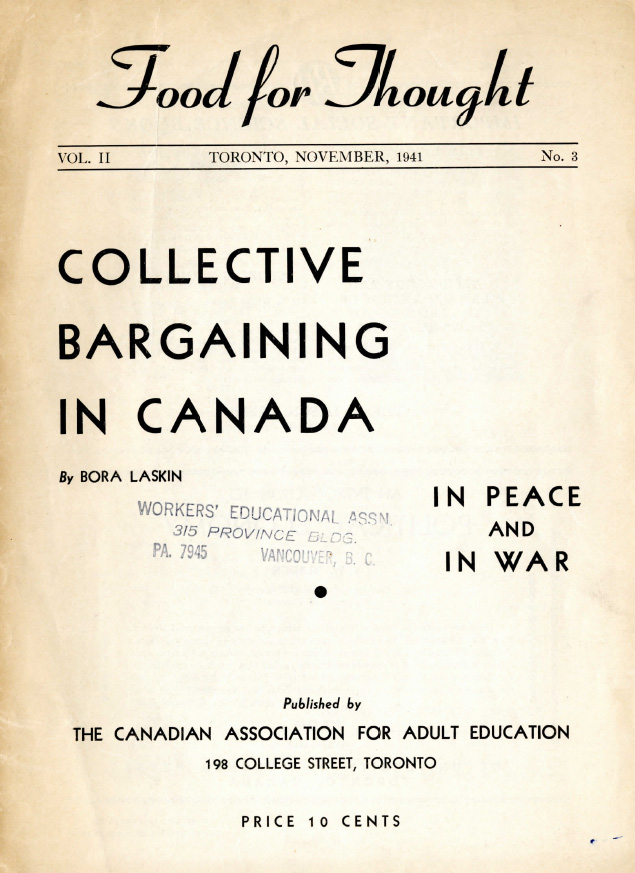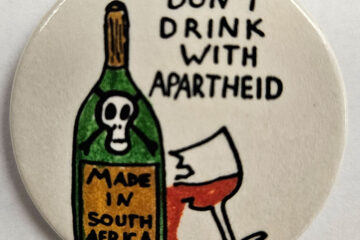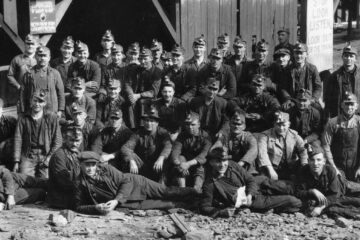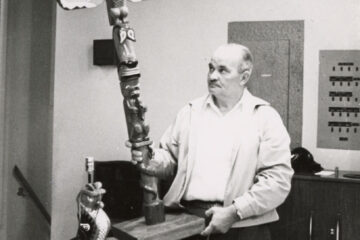Charter Rights
How a childhood union button collection played a part in an epic Supreme Court of Canada decision
David Yorke began collecting union buttons at the age of 11, when his mother brought home membership pins from her work at the United Fishermen and Allied Workers Union (UFAWU).
Little did Yorke know that his hobby would launch a lifelong passion for collecting union items, and eventually play a part an historic Supreme Court decision.
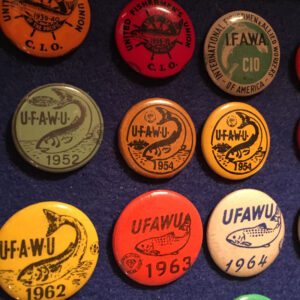
UFAWU annual union dues pins from the David Yorke Labour History Collection, Simon Fraser University Library. BCLHC photo.
In 2002, the B.C. Liberal government of Premier Gordon Campbell used legislation to strip contracts, impose collective agreements, and remove the right to bargain contracting-out provisions and other important working conditions from the province’s health care workers and teachers.
In response, the Hospital Employees’ Union, supported by many other unions including the B.C. Teachers’ Federation (BCTF), took a constitutional challenge to the Supreme Court of Canada (SCC). It was an uphill battle, as the SCC in previous cases had ruled against unions on this issue.
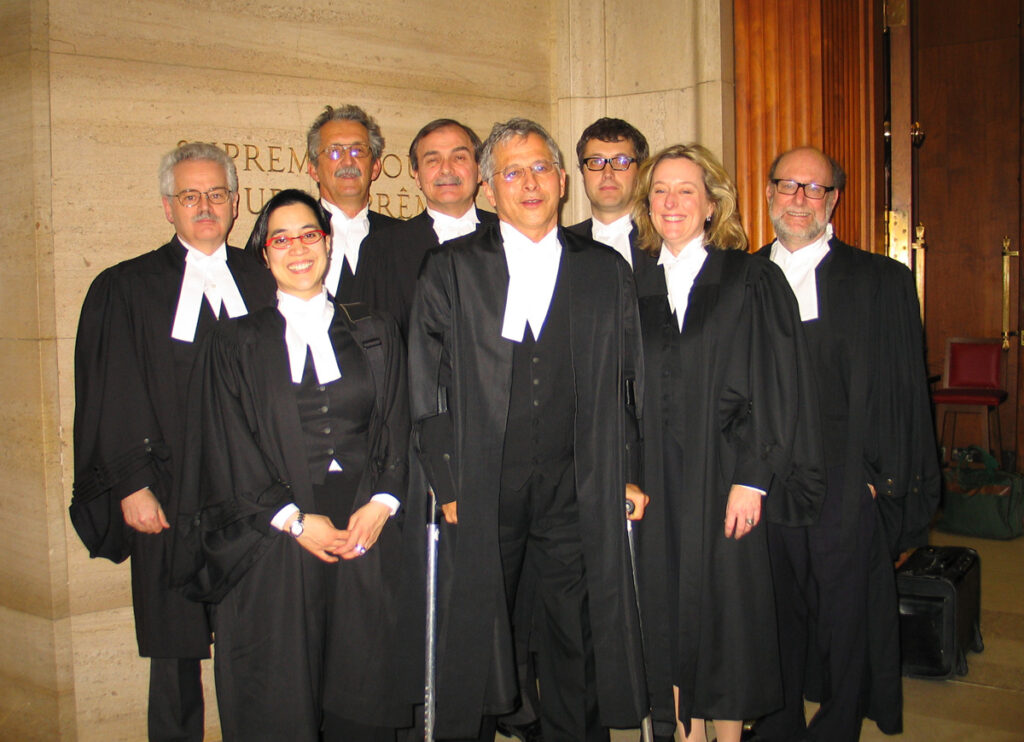
David Yorke, standing at left, was part of the multi-union team of lawyers who argued before the Supreme Court of Canada. An obscure pamphlet, found in his collection of labour artefacts, helped to win the case. Photo courtesy Hospital Employees’ Union.
David Yorke, who had become a lawyer for the BCTF, was part of the multi-union legal team headed by the legendary constitutional lawyer Joe Arvay and included John Baigent and other leading labour advocates from across Canada.
Arvay’s team successfully took on multiple legal and constitutional problems facing the unions in the case, while the BCTF argument focused on one matter of history, “the absurd position that the SCC had taken in earlier cases that collective bargaining was nothing fundamental, but only ‘a statutory right, of recent origin’,” recalled Yorke.
“That argument traced the long struggle to achieve that right, starting more than a century before.”
“I had obtained for my collection a really obscure pamphlet, ‘Food for Thought’ issued by the Workers’ Educational Association in 1941, which contained an article by Bora Laskin, then a young law professor, but later the Chief Justice of the Supreme Court of Canada, and the country’s most respected expert in constitutional law, and labour law as well,” wrote Yorke.
“In the article, Laskin made a compelling case for the fundamental importance of collective bargaining. I quoted sections from it…and as this publication was hardly available in ordinary sources (in fact, I had never seen any other copy apart from the one in my collection), I appended the entire article to our submission.”
“When the SCC issued its landmark decision [2007], reversing the trio of earlier cases, it agreed with Arvay’s legal analysis, agreed with our historical summary, and held that indeed, the right of employees to collectively bargain was fundamental to freedom of association and protected under the Canadian Charter of Rights and Freedoms.”
“In framing the definition of collective bargaining that was charter-protected, [the Court] adopted and quoted Bora Laskin’s definition,” concluded Yorke.
Collective bargaining is the procedure through which the views of the workers are made known, expressed through representatives chosen by them, not through representatives selected or nominated or approved by employers. More than that, it is a procedure through which terms and conditions of employment may be settled by negotiations between an employer and his employees on the basis of a comparative equality of bargaining strength. — Supreme Court of Canada [2007] 2 SCR 391
Source: Descriptive notes, David Yorke Labour History Collection, MSC-222, Simon Fraser University Library.

